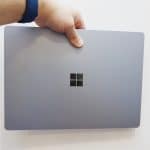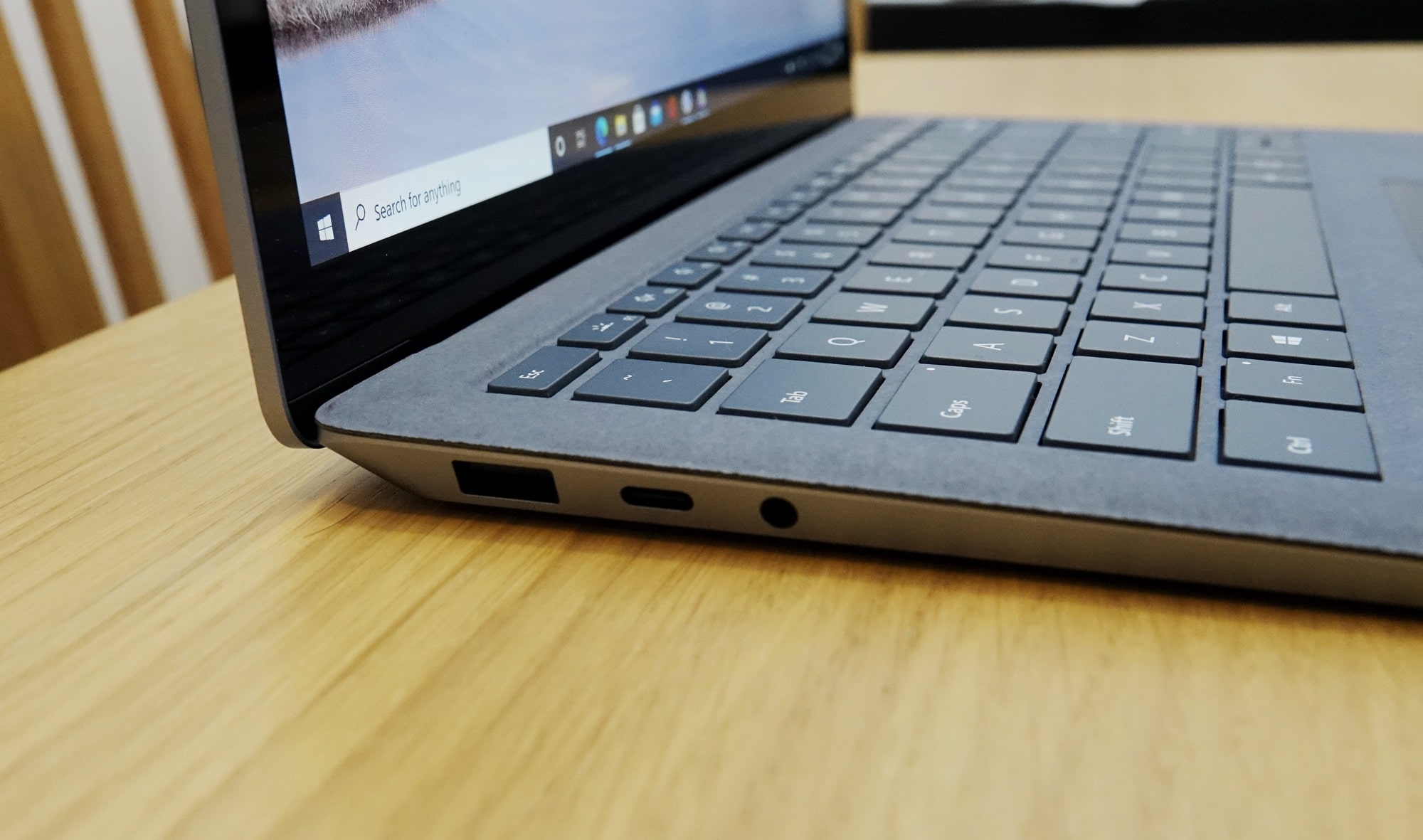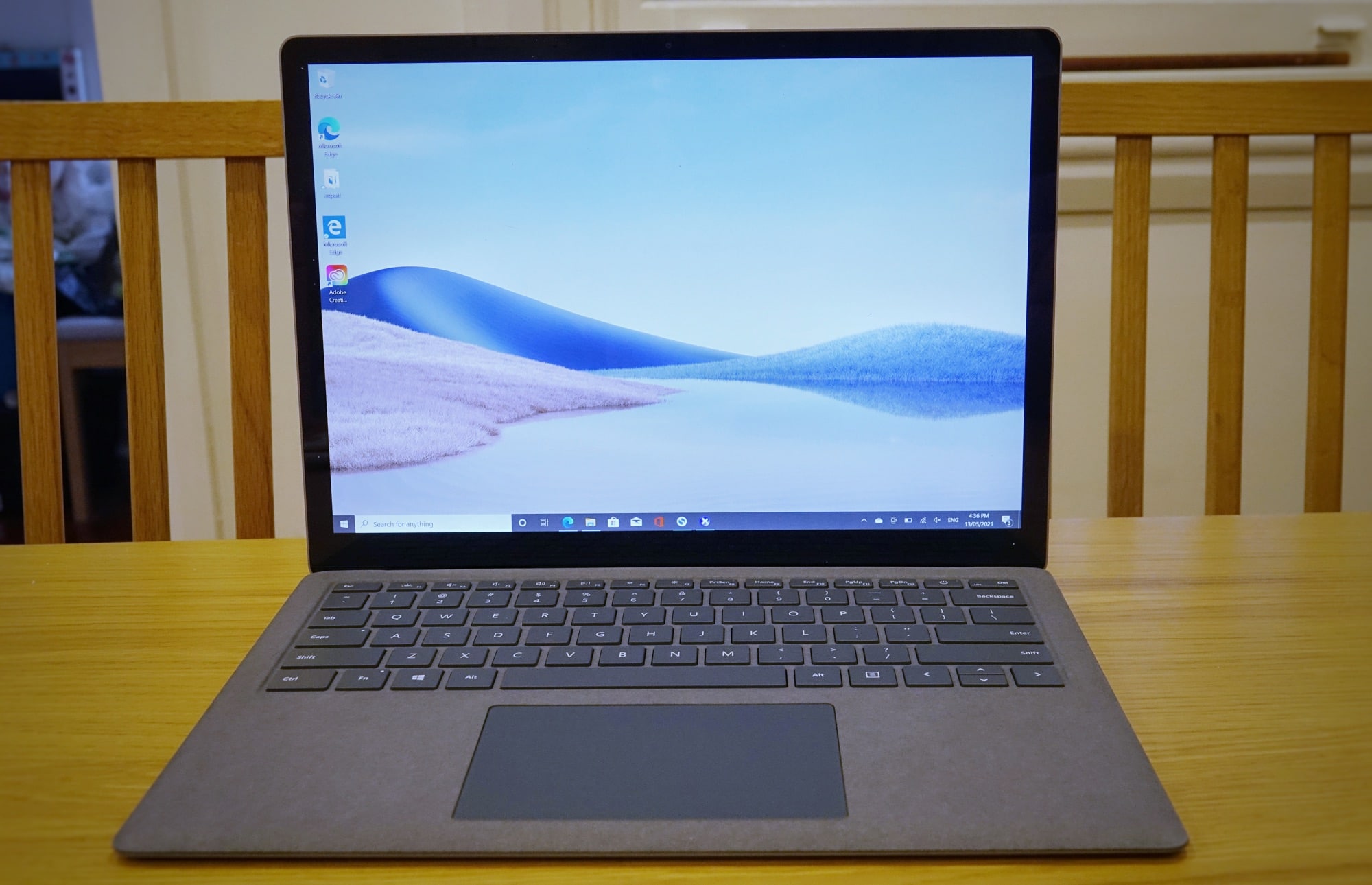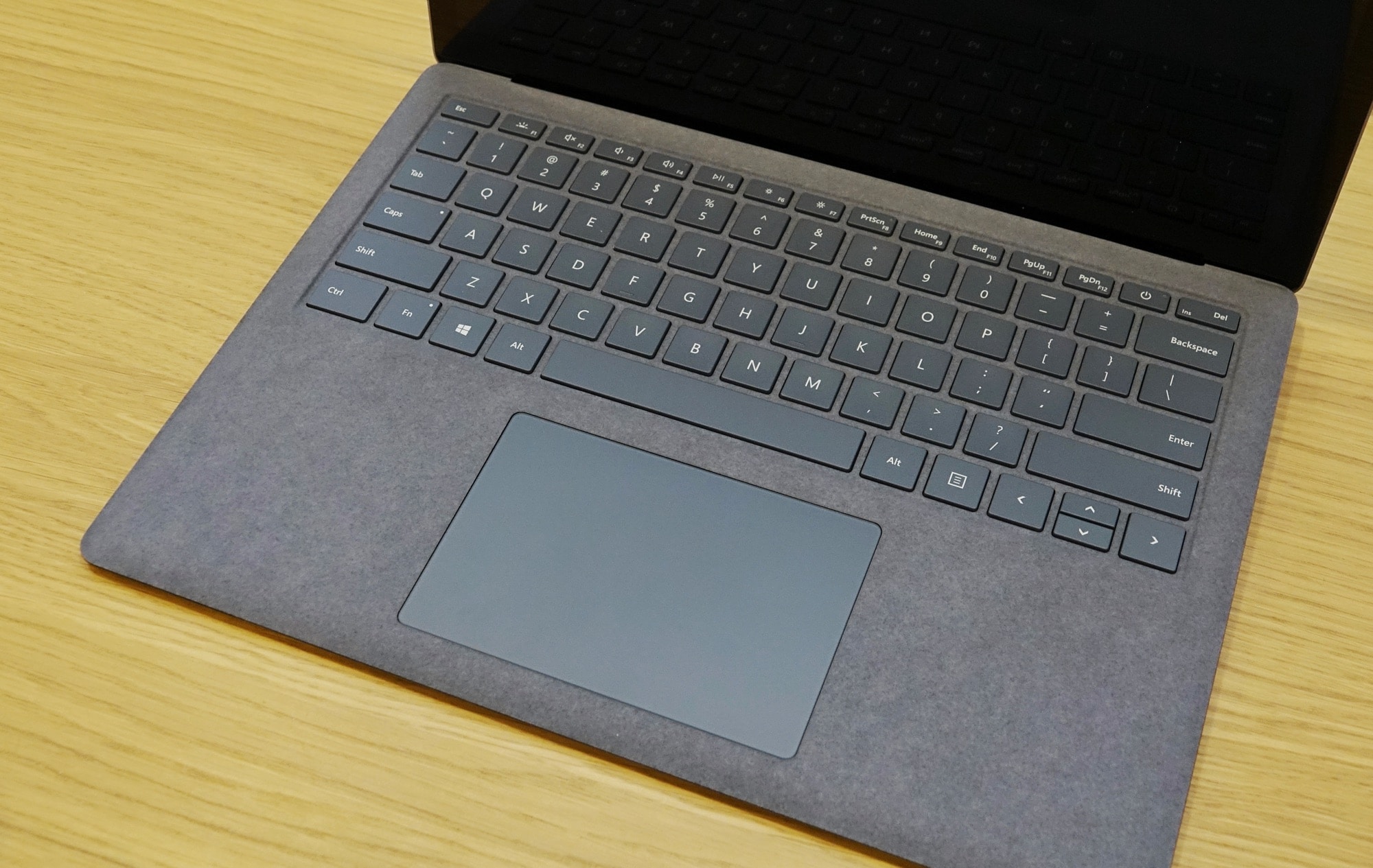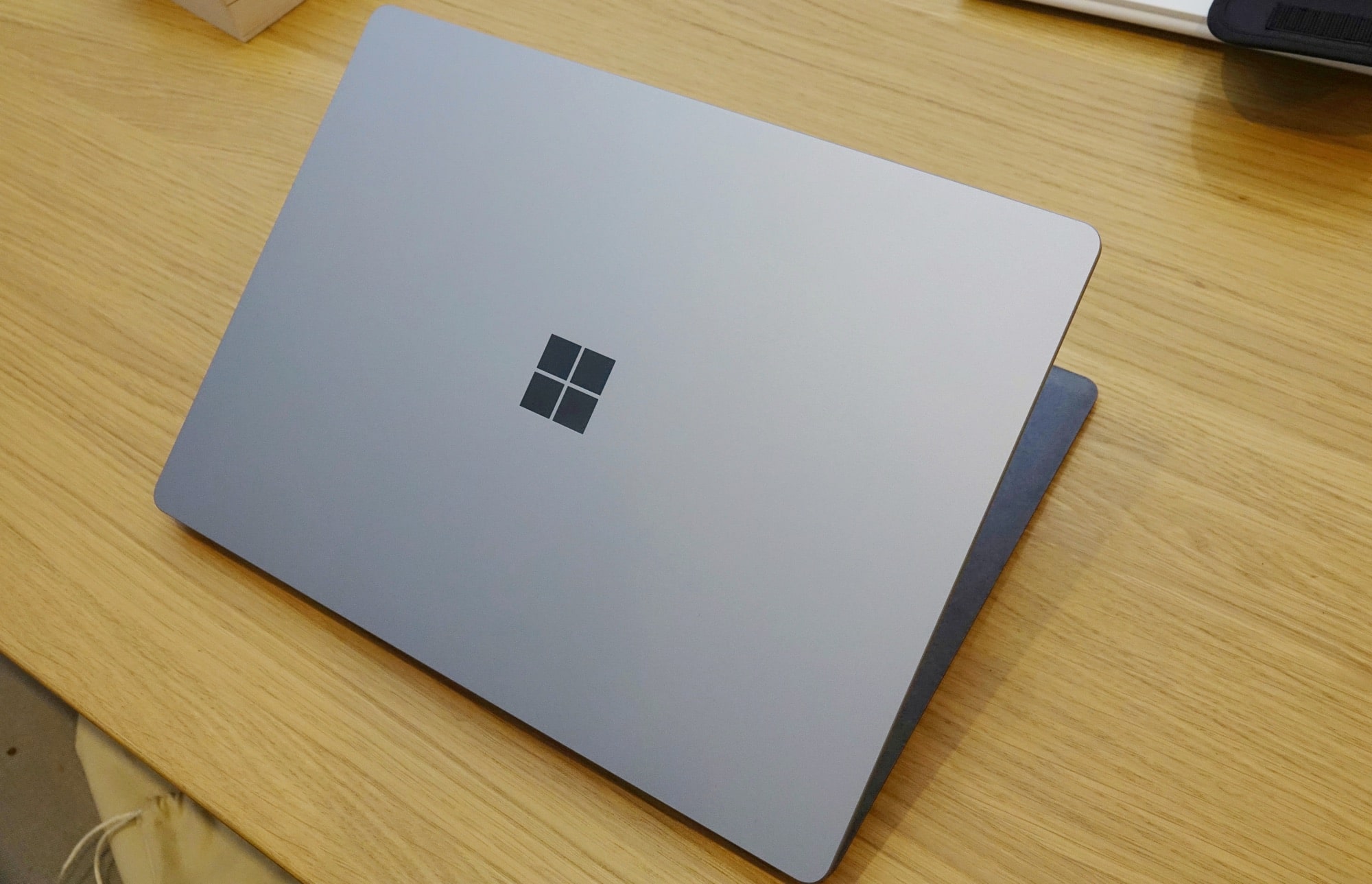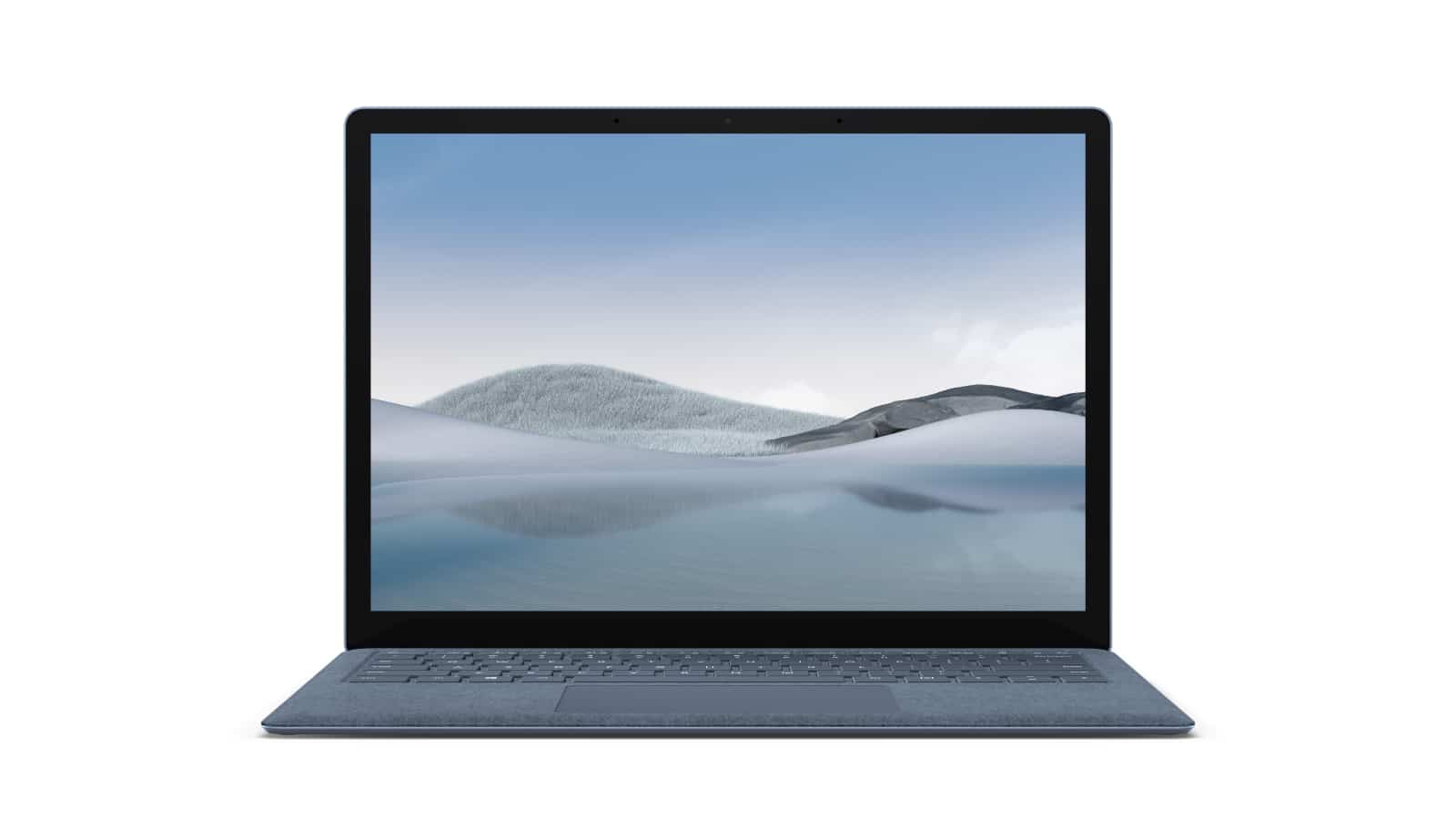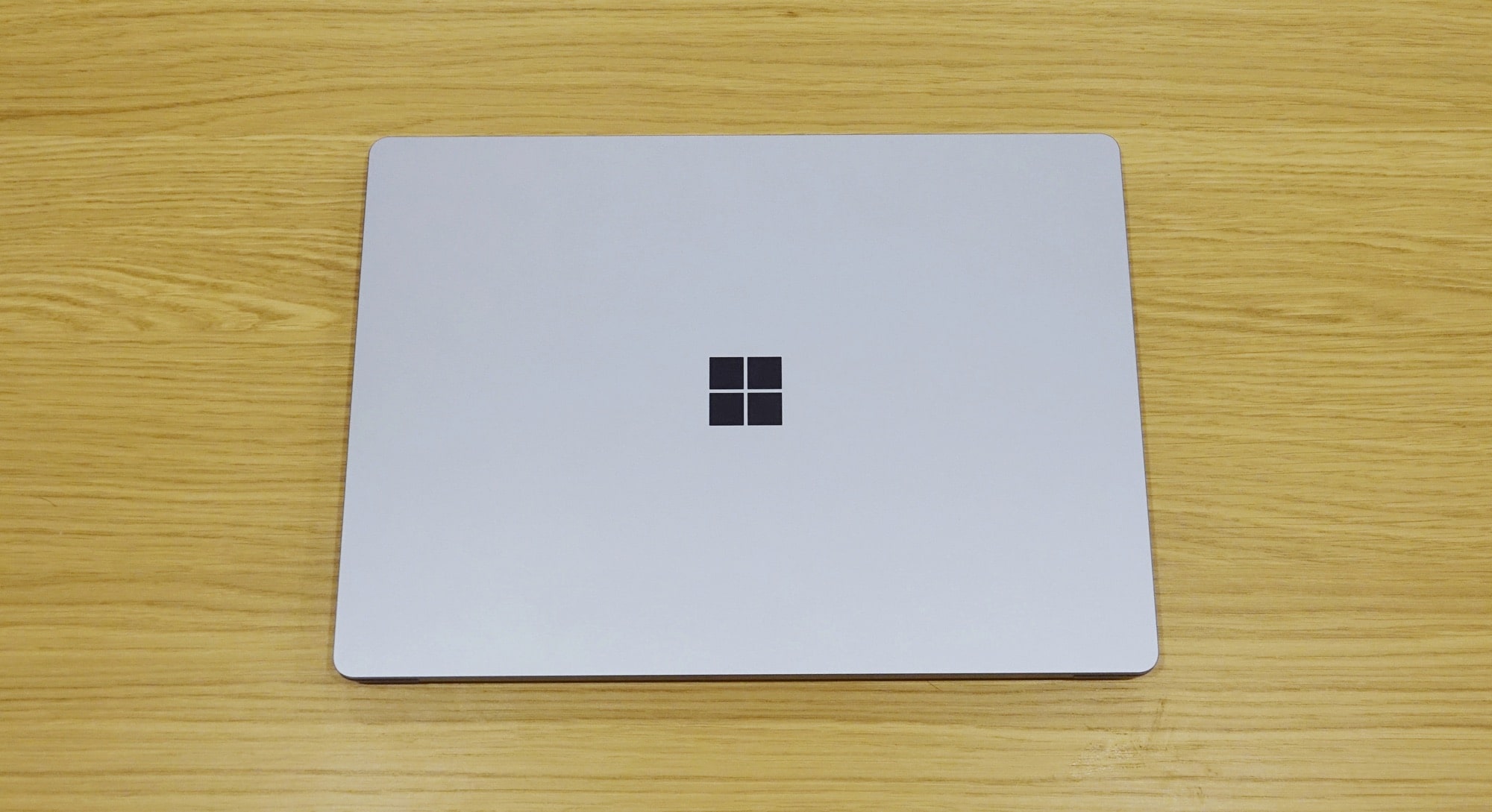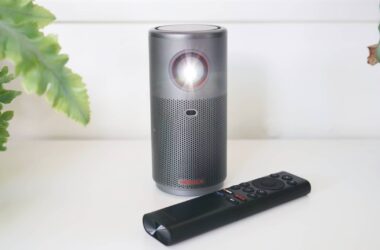Quick review
The good
The not-so-good
There’s fierce competition this year in the slim Windows laptop world, as the Surface Laptop 4 brings the fight to Dell, Lenovo, and everyone else.
Trying to find a laptop isn’t typically as easy as pick the best one, because there are so many options vying for best laptop. You already have the choice of Windows versus Mac, but if you’re settled on the former, the amount of choices you have can get kind of crazy.
Once you start looking down the options, you’ll be able to pick from thin, thin and light, thin and light and durable, and even thin and light and durable and capable. The goal is the best for your price range, of course, but working out which is which isn’t easy.
In recent years, we’ve found the Dell XPS 13 typically ticks all the boxes, but there are other contenders out there, and one of them comes from Microsoft.
For a good four years now, the Surface Laptop has offered a slim and light take for what Microsoft thinks a MacBook Air-styled machine could be like, and in its most recent take, the company might have finally nailed the balance.
Is the Surface Laptop 4 a laptop worth considering?
Design
The new Surface Laptop may well be version four, but you’d be excused for thinking there’s anything different about it from the first model, at least from design.
Four years on from the launch of the first Surface Laptop, the new variation offers the same wedged shape with obvious sides, delivering an alloy body and Alcantara middle. That last one might seem like a buzz word, but Alcantara is a fabric used in headphones and cars, and is basically a premum textile that makes everything feel a little nicer overall.
However, it’s all the same, and this is basically just version four of a design Microsoft is clearly in love with.
Features
Fortunately, the hardware is changing, with an update to the Intel Core processor under the hood, now with an 11th generation Intel Core i5, matched with 8GB RAM and a minimum of 512GB in the Intel variant of the laptop.
Connection-wise, there’s a decent assortment of ways to link the laptop up with your accessories and networks. As such, you’ll find an 802.11a/b/g/n/ac/ax WiFi 6 connection and Bluetooth 5 covering the wireless side of things, while wired is covered with four individual ports: one Type A rectangular USB connector, one Type C ovular reversibile USB connector (USB-C), one 3.5mm headset jack connector, and Microsoft’s magnetic Surface connector.
You’ll also find a 720p camera above the screen with support for Windows Hello facial security, and Windows 10 Home on the Laptop 4 out of the box.
Display
There’s also a 13.5 inch touchscreen here running the better-than-Full HD resolution of 2246×1504, which is bright and clear, achieving 201 pixels per inch (201ppi), and plenty of real estate.
You can find higher resolution screens out on the market, so this isn’t a staggering win for Microsoft, but there’s a nice screen on the Surface Laptop 4 all the same.
In-use
One area Microsoft has largely nailed is the usability, with the keyboard and mouse just as good as they ever were on the Surface Laptop.
This is generation four, and between the fuzzy Alcantara encased keyboard and surprising amount of travel the keys offer, you’ll find the Surface Laptop 4 delivers with comfortable keystrokes aplenty. There is a little more flex in the keyboard than we’d otherwise like, but it’s a very easy keyboard to work with and adapt to.
The touchpad is also taller than we’re used to, so there’s plenty of room to work in control and gestures, and while the screen doesn’t fall flat like a Surface Pro, you also get the touchscreen to work with, too.
And there’s even a spot of security with Windows Hello built into the frame of the screen, allowing you to login quickly and easily using nothing but your face.
All of this adds up to a laptop that feels great to use. We’re particularly enamoured by the fuzzy wrist pad from the Alcantara, which as the colder months began to settle in during our Surface Laptop 4 review period treated our arms to comfort rather than cold, something metal laptops typically deliver in spades. It’s a small thing, but definitely welcome.
Bizarrely, the best thing about the usability of the Surface Laptop 4 is that Microsoft has done away with one of the things hampering initial usability of the laptop series: Windows 10 S.
You probably know what Windows 10 is, but Windows 10 S was a version that tried very much to be more secure and locked itself down to apps found solely on the Microsoft Windows Marketplace. However several years after launch, Windows 10 S had hardly improved, and even in the recent Surface Laptop Go, it felt largely wasted.
Fortunately, you could turn off the S mode and go back to standard Windows 10, but it was an extra unnecessary step, and one that also affected the battery rating.
Here on the Surface Laptop 4, though, Windows 10 arrives out of the box, and not Windows 10 S. That’s a win for customers.
Performance
So is what beats underneath, with the heart of a recent Intel chip being used, though there’s clearly choice. Microsoft launched both AMD and Intel versions, and so you can make your choice at the time of buying.
In our Surface Laptop 4 review unit, there’s a capable 11th generation Intel Core i5 matched with 8GB RAM, which delivers little to no lag for your every day office app, and handles a little more with it, too.
We ran a little more on the machine, installing Adobe Creative Cloud apps and doing some of the heavier lifting, but it didn’t let up, and the combination of tech delivered for what we needed.
Battery
At the battery level, Microsoft says up to 17 hours are possible from the Intel Core i5 variant of the Surface Laptop 4, but we didn’t get quite that. Rather, we found closer to 6 to 11 were on offer, though a little more would likely be possible depending on what we did.
Office productivity is going to net you the most battery life in the Surface Laptop 4, but it’s not a bad delivery in terms of what you can get, and with so much on offer in battery life from the M1 MacBooks, we can definitely see what Microsoft is aiming its laptop at.
Of course, your battery life will vary against ours, and you may find the full 17 is possible, and you may also find a lot less. However given Windows laptops tend to rarely hit above ten, a result of above that isn’t terrible in the slightest.
Another upside with the Surface battery is how it can be charged, because you get two kinds of chargers: Surface connector and Type C USB. That makes it easy to charge, as you get the Surface charging block in the box, but can bring your own Type C connector.
Value
And priced from $1999 for the model we reviewed with 512GB, or less for a 256GB AMD Ryzen variant, it’s not a poorly priced laptop at all. Rather, it competes with what other business-grade laptops do business at, with Dell’s XPS squarely in its sights.
We’re not sure it has quite the edge of the M1 MacBook Air, but as far as slimline Windows PCs go, Microsoft’s Surface 4 Laptop is a contender for the best for sure.
What needs work?
Overall, there’s not a lot that needs work in the Surface Laptop 4, with Microsoft more or less going with the mantra “if it ain’t broke, don’t fix”.
We’re not sure much has been wrong with the Surface Laptop formula in recent years, and with pretty much nothing changing in the design here, and this thing being only hardware updates, the Surface Laptop 4 finds a way to keep things solid without doing too much of an overhaul.
If anything, the only thing that needs work might be that design, which is no longer exciting, and largely seems like Microsoft rehashing what it has been rehashing since the laptop came out in 2017.
Beyond this, we’d be keen for more ports, because with only one Type A USB and one Type C USB, there’s not a lot to plug in with. An extra Type C would give you a little more to work with, especially if you were using that one Type C to charge from, which you can. In fact, you can choose to use either the included Type C USB or the Surface connector to charge from, but if you use the Type C, you’re officially down one fast data port until you unplug it.
An extra Type C port is all we’re saying, Microsoft. That would have gone a long way to making the Surface Laptop 4 that little bit of extra future proof.
Final thoughts (TLDR)
The competition for the choice PC laptop typically centres around something from Dell or Lenovo, though HP has managed to surprise in recent years, as well. And this year, Microsoft’s Surface Laptop 4 makes an impression, too.
While early, this is seriously a contender for the best PC laptop of the year. Even though it lacks imagination and doesn’t really feel like a major shift in design, in many ways, the Surface Laptop 4 feels like a culmination of Microsoft’s efforts in building a slimline PC that delivers the Surface approach in the best way possible.
We’re hopeful that version 5 shakes things up a bit, partially because a little bit of change would be nice to see. But if you love what Microsoft does with its slim productivity laptops and want to see it at its best, this is an easy recommendation.
